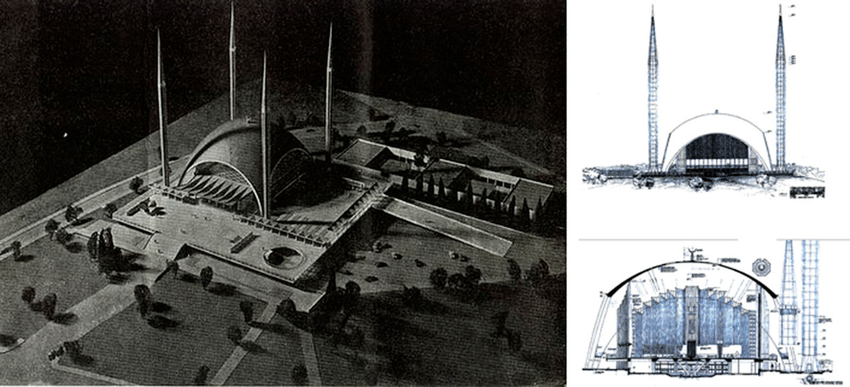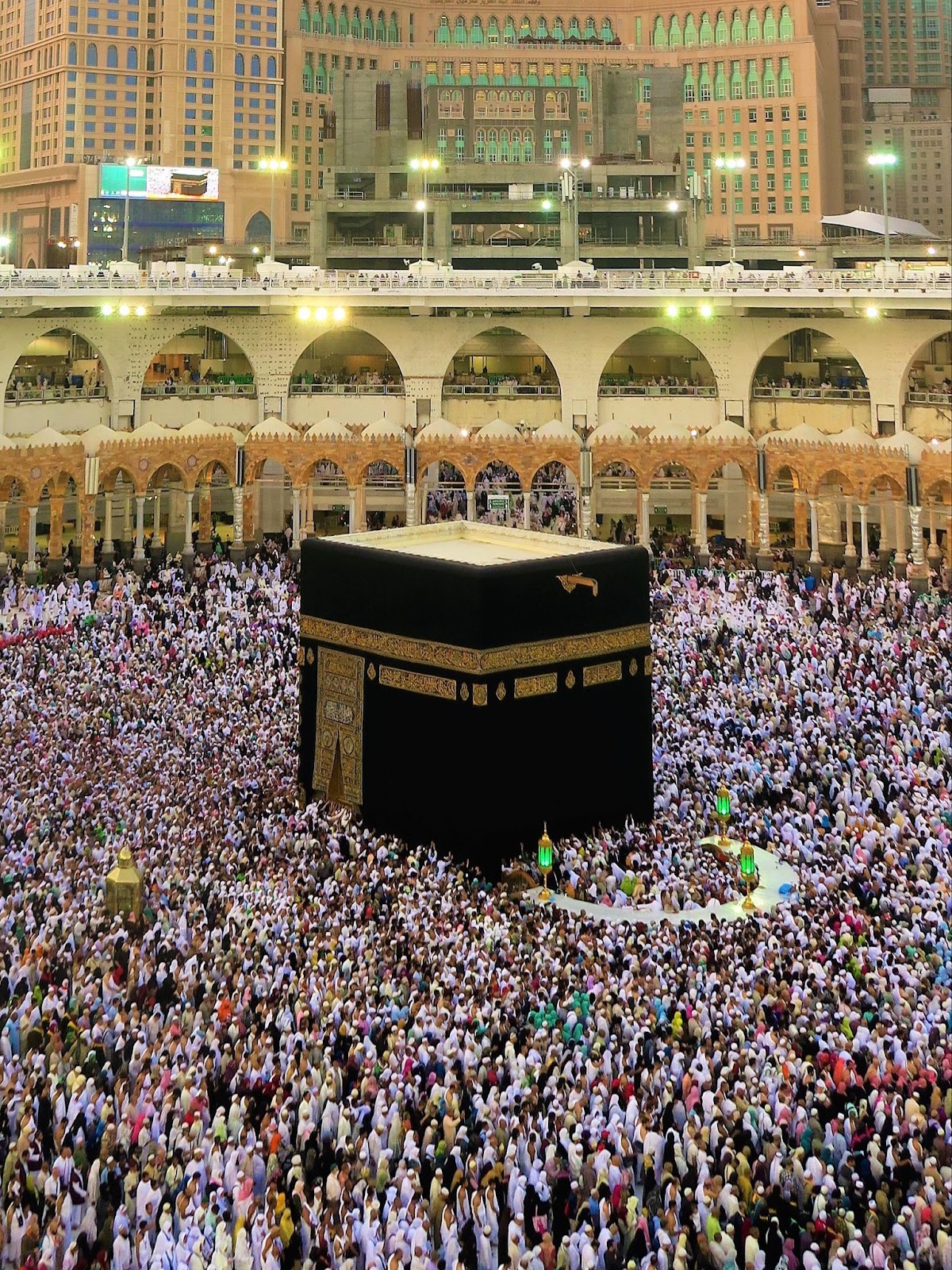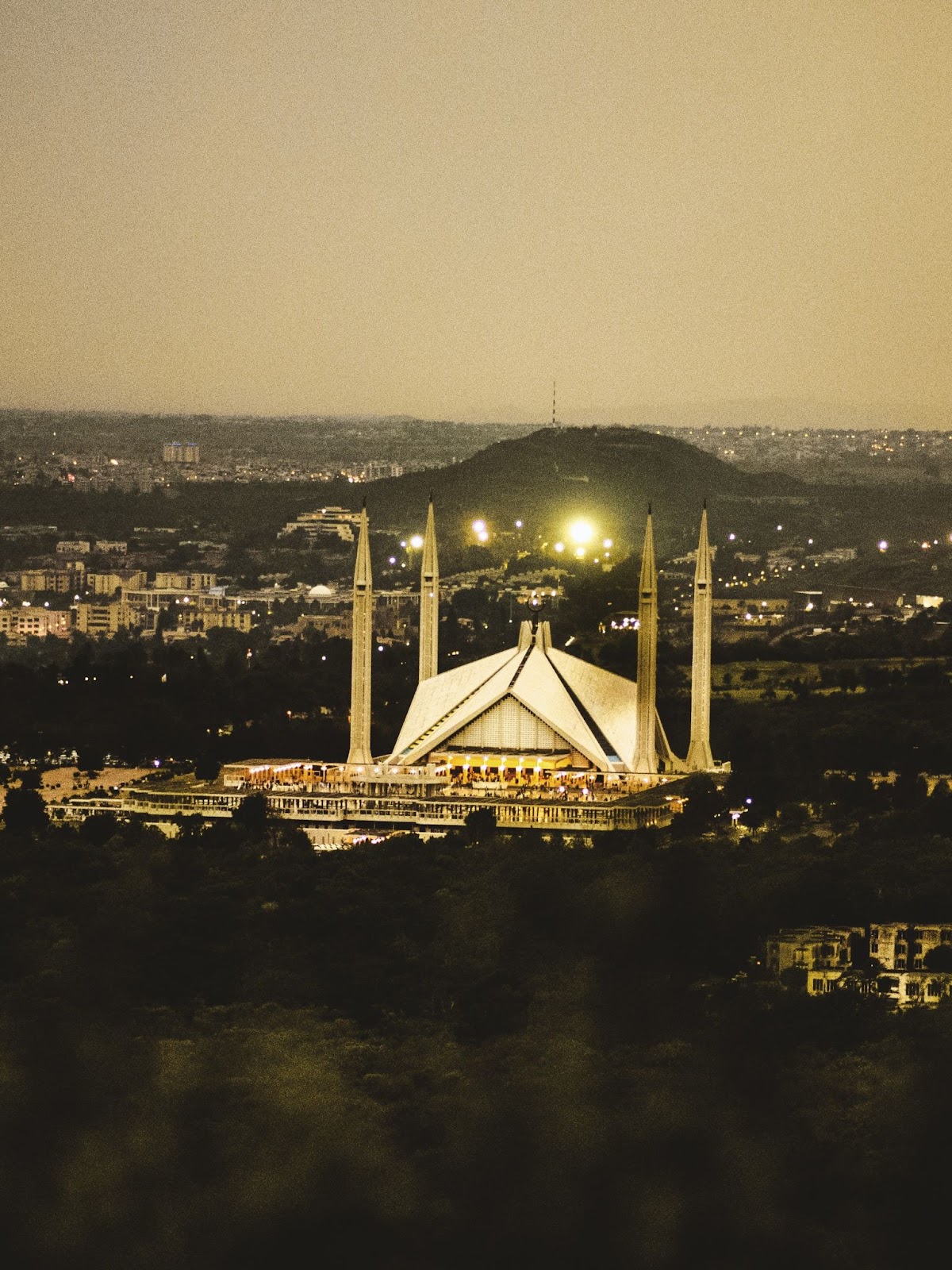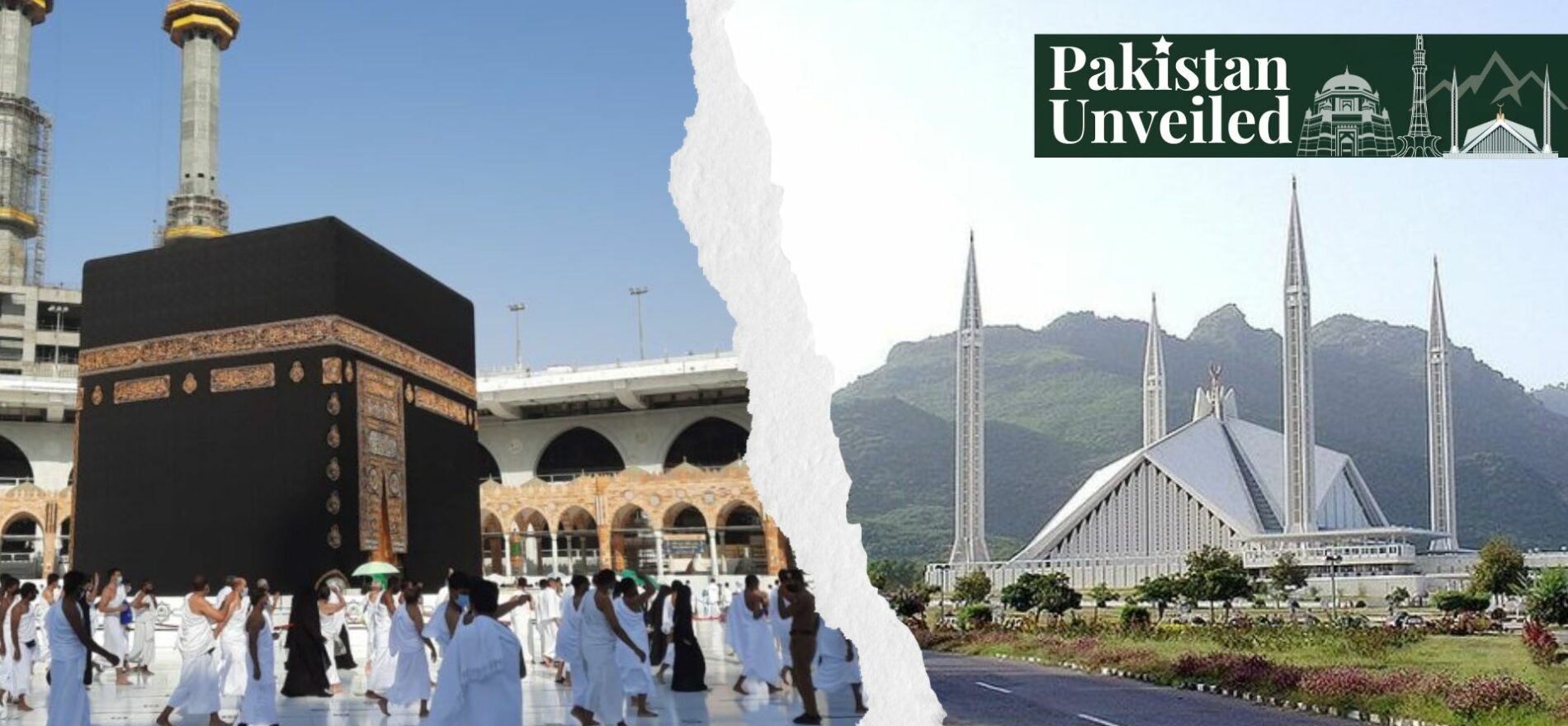Paradigm Shift is an official staff account.
The One-of-a-kind Mosque in Pakistan
Pakistan, located in South Asia, is a treasure trove of diverse landscapes, rich cultural heritage, and historical landmarks, making it an intriguing destination for travellers. The country’s architectural wonders, such as forts, mosques, and archaeological sites like the magnificent graveyard Makli, provide a glimpse into ancient civilisations. The serene valleys, stunning mountain ranges, and beautiful lakes like Attabad captivate adventure seekers and nature enthusiasts.
Additionally, Pakistan is home to Muslim Sufi shrines and religious places of Sikhs and Hindus, adding to its cultural and religious significance. With its blend of history, natural beauty, and cultural heritage, Pakistan promises an unforgettable journey for those seeking to explore its enchanting landscapes.
The History of Faisal Mosque
The idea for the mosque was conceived in the late 1960s when Saudi Arabia’s King Faisal bin Abdul Aziz visited Pakistan and proposed the construction of a grand mosque in the capital city. The generous funding for the mosque was provided by the Saudi government as a gift to Pakistan.
Architectural Design and Construction of the Mosque
The construction of the Faisal Mosque began in 1976 under the supervision of renowned Turkish architect Vedat Dalokay. The mosque’s design reflects a blend of traditional Islamic architecture and contemporary architectural influences, with its unique triangular shape, sleek white marble exterior, and four minarets soaring into the sky.
The construction process involved the combined efforts of thousands of workers, artisans, and craftsmen. The main materials used were imported from various countries, including white marble from Greece and chandeliers from Belgium. The mosque was designed to accommodate up to 100,000 worshippers, making it one of the largest mosques in the world.
The Influence of Vedat Dalokay’s Unbuilt Mosque on the Faisal Mosque
One of the greatest projects of Vedat Dalokay was the Kocatepe mosque in the capital city of Turkey, Ankara. According to its original design, due to various factors and challenges, the mosque was not built. His vision for the mosque showcased a harmonious blend of traditional Ottoman elements and contemporary architectural features. The design aimed to create a symbol of spiritual and cultural significance for Ankara, reflecting the city’s identity. This innovative approach laid the foundation for the subsequent development of the Faisal Mosque in Islamabad.

Drawing inspiration from the visionary concepts of the Kocatepe Mosque, the Faisal Mosque was brought to life by Turkish architect Vedat Dalokay. The Faisal Mosque stands today as an architectural marvel and a testament to the influence of the Kocatepe Mosque.
Completion and Inauguration
After years of meticulous work, the Faisal Mosque was completed in 1986 and inaugurated by the late King Faisal’s successor, King Fahd bin Abdul Aziz of Saudi Arabia. Since then, the mosque has become an iconic symbol of Islamabad and a prominent landmark in Pakistan, attracting locals and tourists alike.
Faisal Mosque: A Symbol of Fame and Uniqueness
The Design Elements and Inspiration from Kaaba
Inspired by both a desert Bedouin tent and the cubic Kaaba in Mecca, the Faisal Mosque’s shape is an eight-sided concrete shell. The architect, Vedat Dalokay, explained his design approach as an attempt to capture the spirit, proportion, and geometry of the Kaaba in an abstract manner. The four minarets, inspired by Turkish architecture, further enhance the symbolic connection.

“I tried to capture the spirit, proportion and geometry of Kaaba in a purely abstract manner. Imagine the apex of each of the four minarets as a scaled explosion of the four highest corners of Kaaba – thus an unseen Kaaba form is bounded by the minarets at the four corners in a proportion of height to base. Shah Faisal Mosque is akin to Kaaba”.
By connecting the top of each minaret to the base of the diagonally opposite minaret, a four-sided pyramid is formed within the invisible cube. This lower pyramid is considered a solid structure, while the four minarets, with their pointed tips, complete the imaginary cube representing the Kaaba.

General Zia-ul-Haq’s Grave: A Unique Presence at Faisal Mosque
The uniqueness of Faisal Mosque is further highlighted by the presence of General Zia-ul-Haq’s grave, located in close proximity to the mosque. This significant placement adds to the historical and national importance of the mosque, commemorating the end of General Zia’s 11-year military rule. It serves as a reminder of the mosque’s role in honouring and preserving the memory of influential figures in Pakistan’s history.
Inspiring Unity and Reverence
Today, the Faisal Mosque stands as a testament not only to the enduring friendship between Pakistan and Saudi Arabia but also to the rich cultural heritage and religious devotion of the Pakistani people. Its fame and uniqueness continue to inspire and captivate all who encounter its grandeur, serving as a place of reverence and unity for worshippers and visitors too.
Inside Faisal Mosque: A Glimpse into Its Sacred Spaces
When it comes to exploring the interior of Faisal Mosque, it’s important to note that it is primarily a place of worship and prayer. The mosque is open to visitors, both Muslims and non-Muslims, but it is essential to respect the sanctity of the space and follow the guidelines and customs observed within the mosque.
The interior of the mosque’s main prayer hall is adorned with white marble and can accommodate up to 10,000 worshippers, enhance with mosaics and calligraphy crafted by the renowned Pakistani artist, Sadequain.
A Turkish-style chandelier illuminates the space, casting a warm glow on the mosaic pattern that embellishes the west wall. The Kufic script, showcasing the Kalimah, is repeated in a mirror image pattern, adding a touch of artistry to the interior.
Additionally, the Qibla wall features captivating blue and white calligraphic tiles, meticulously designed by the Turkish artist Mengu Ertel. The Mosque also offers a range of facilities that enrich the visitor’s experience. Within its premises, one can find a library, lecture hall, museum, and café.
Conclusion
The Faisal Mosque in Islamabad, Pakistan, is a remarkable architectural marvel that blends traditional Islamic and contemporary influences. It symbolizes Pakistan’s rich cultural heritage and serves as a place of reverence and unity. With its unique design inspired by the Kaaba and Turkish architecture, the mosque has become an iconic symbol of Islamabad and a must-visit landmark for tourists and worshippers alike.
If you want to submit your articles, research papers, and book reviews, please check the Submissions page.
The views and opinions expressed in this article/paper are the author’s own and do not necessarily reflect the editorial position of Paradigm Shift.



















